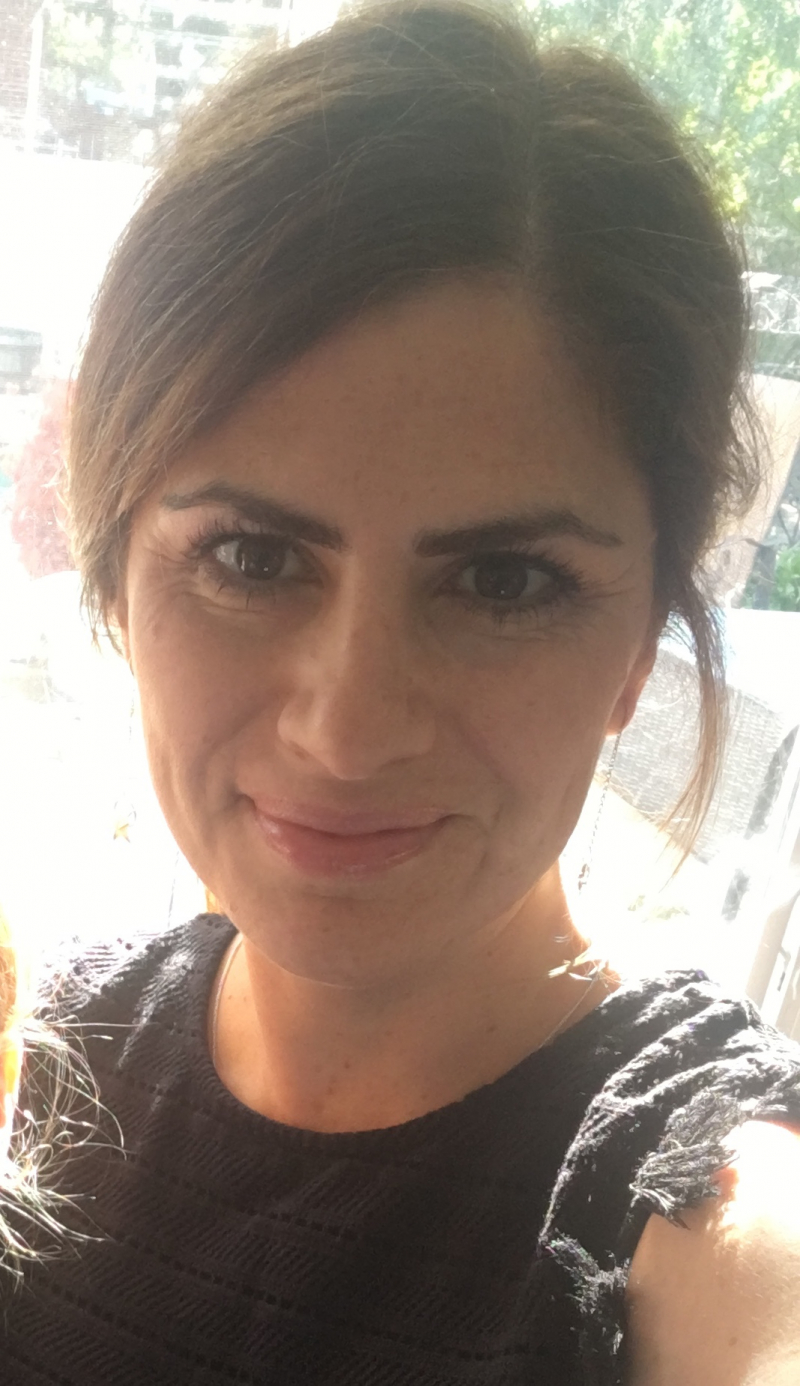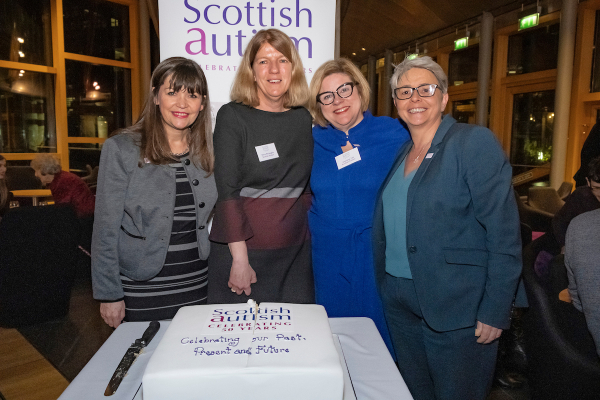Exploring experiences of educational transitions for pupils on the autism spectrum.
Hanna Kovshoff, Sarah Parsons, Jessica Baker, Keri Hoy, Felix Perkes, & Ellie White, on behalf of the ACoRNS Network.
Transitions within and across levels of schooling pose challenges for all children as they adapt to new settings and teaching staff. It is often reported that autistic children may experience further challenges within educational transitions given the likelihood they may experience additional difficulties when adapting to new people, settings and routines. Conversely, we suggest that transitions need not be negative experiences. It therefore appears important to gain an insight into the effective transition practices that can support children and young people to feel accepted and thrive within new educational environments. The aim of this research programme was to gather the views of autistic children and young people, families and teachers in order to learn about what helps and hinders the educational transitions of autistic pupils across different levels of schooling. This includes the ‘vertical’ transitions between levels of schooling (nursery to primary school, primary to secondary school) as well as the ‘horizontal’ transitions (e.g., from year group to year group, from home to school and from break times to lessons).
Within the nursery setting, seven autistic children took part and observations were undertaken of their horizontal transitions. Seven parents and five nursery staff were interviewed about their views, worries, practices and hopes with regard to each child’s transition to primary school. Key practices that emerged as supportive of children’s horizontal transitions included an understanding of the child, enabling the child’s voice and agency through effective communication practices and a focus on learning through play. With regards to upcoming vertical transitions, both parents and staff reported that an in-depth understanding of each child’s needs and preferences appeared key to the development and progress of successful relationships and transitions.
Transitions within primary school were investigated through the use of photo-voice and interview techniques involving three pupils in Key Stage 2 (aged 7-11) and parents and teachers. Key findings included the importance of the development of positive relationships between children, parents and teachers. Pupils reported they worried primarily about changes in the teaching staff with whom they had developed positive relationships and about peer relationships and peer difficulties, whilst parents reported concerns that their children may hide struggles in school from teaching staff.
Strategies suggested by pupils to enable positive transitions included spending time outside of the classroom setting when needed and being offered the opportunity to leave the classroom when autistic pupils felt overwhelmed. Teachers suggested that increasing the number of pre-transition meetings and visits would have positive benefit, whilst parents felt that getting to know the children as people and understanding their individual needs and personalities were crucial to positive pupil transitions.
Secondary school transition practices were investigated using a photo-voice activity followed by a semi-structured interview with five pupils aged 12-16 years, five parents and four teachers. All of the young people, parents and teachers reported positive experiences of their transition to secondary school and valued the opportunity to access a Learning Support base within the school. Use of the Learning Support base enabled pupils to access mainstream education, without having to negotiate potentially stressful transition practices within secondary school (e.g., moving between classrooms). Other effective practices included being flexible and focusing on individual needs (e.g. use of part time timetables to support transition), the use of motivating interests to engage and support autistic pupils and establishing visual supports and open communication between home and school.
The voice of autistic children, especially younger children and those with associated learning disabilities, tend to remain unrepresented and unexplored within the research literature (and more widely) because their views and experiences are often considered hard to reach or interpret. This study is based on the principle that autistic children have unique perspectives on the world and on their own experiences, and these perspectives have value and validity in their own right, rather than being viewed only as points of comparison with non autistic children.
Several overall themes emerged which were linked to effective transitions for autistic pupils across different educational settings and levels of schooling. These included a focus on the child or young person first and the importance of the incoming school or teacher learning about pupils as individuals - both in terms of their specific educational needs and autistic interests. The use of flexible timetables, visual supports and a place that pupils can access when feeling overwhelmed were also cited as important to effective transition practices by pupils, teaching staff, and parents.
Note: This project is part of the Autism Community Research Network @ Southampton [ACoRNS; www.acornsnetwork.org.uk] initiative that brings together researchers and practitioners to jointly identify and construct a research agenda that is mutually informed by, and informing of, practice. We jointly agree on research questions that are of direct interest and importance to practitioners and devise projects that will help to answer those questions. Our agreed priorities are the transitions and trajectories of children and young people with autism, with the aim of understanding what best practice looks like and how we can share evidence-based knowledge more widely. ACoRNS place children and young people’s views and experiences at the core of what we do.





